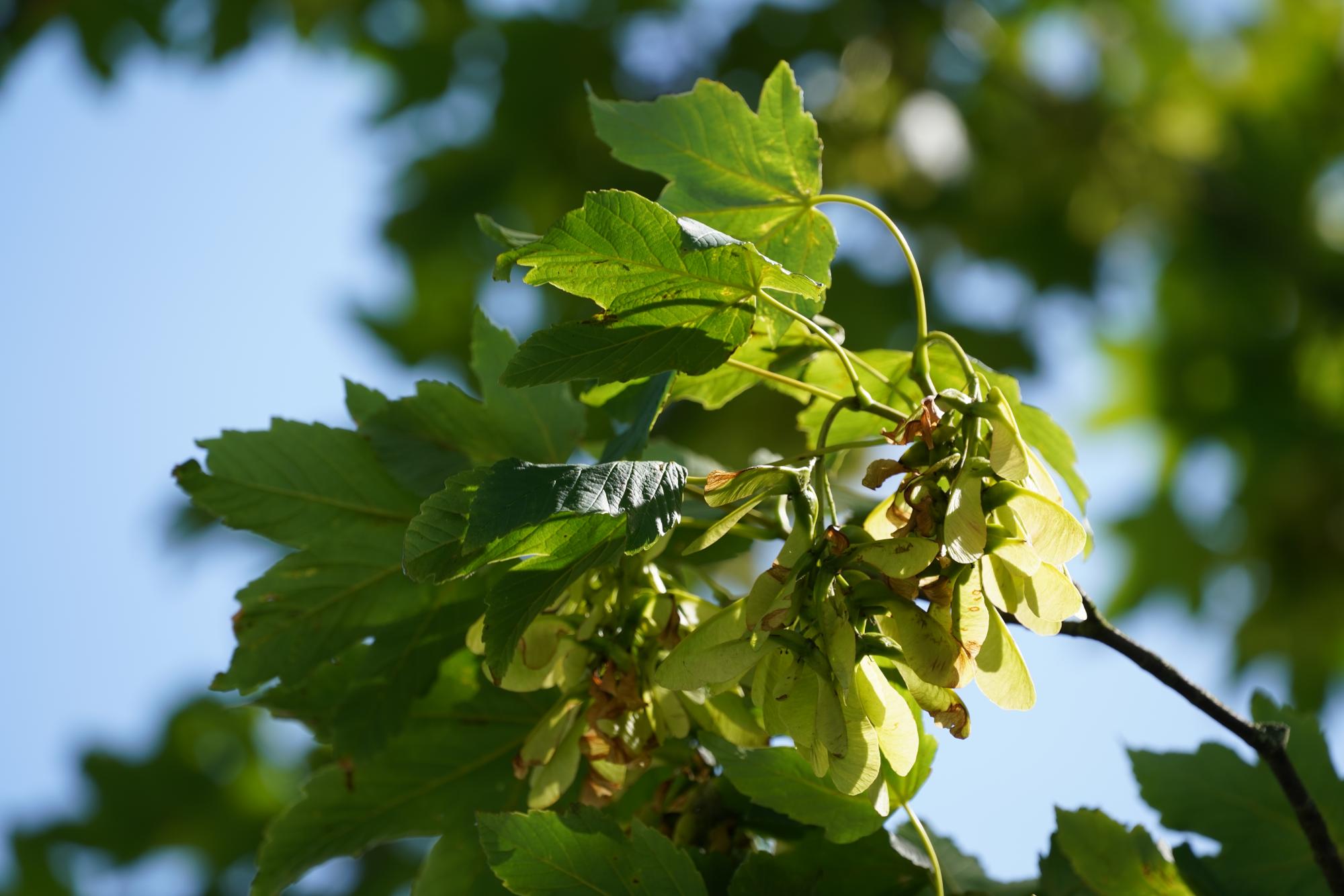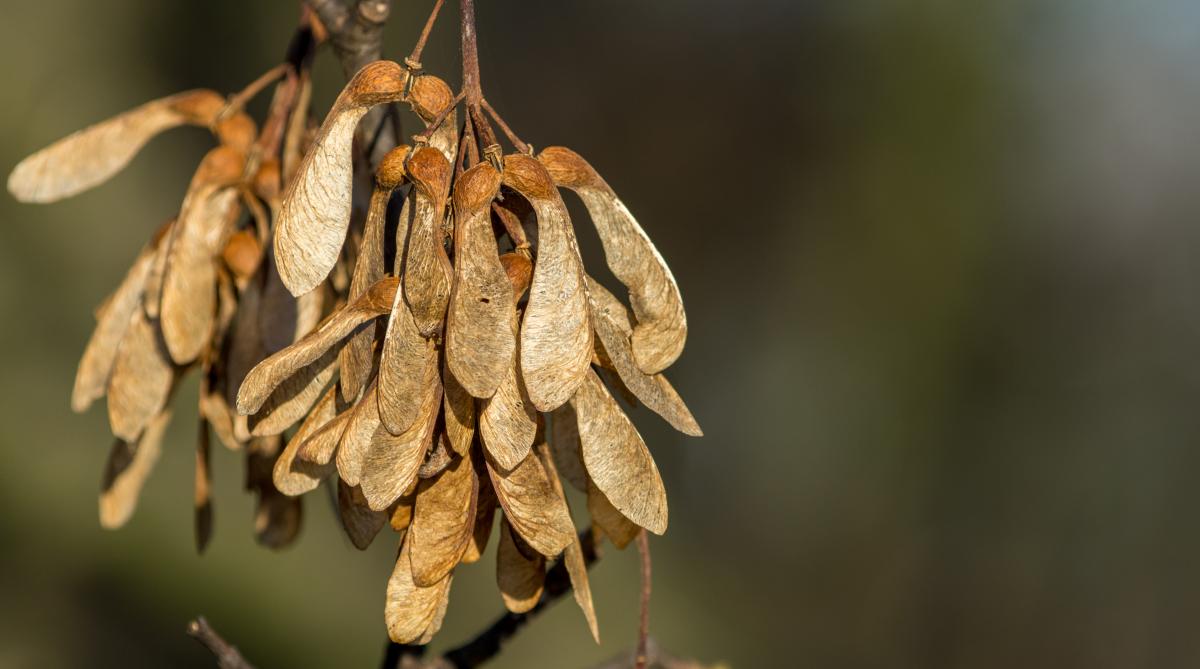
Species Name: Acer pseudoplatanus
The sycamore is a type of maple tree that was likely introduced to the UK by the Romans. Sycamore trees can live up to 400 years, and can be identified by their broad leaves and winged seed pods, called samaras - a feature that is common in the maple family.
The sycamore can grow up to 35m in height. Young trees have a smooth, pink-grey bark, while older trees become cracked and have a rougher texture.
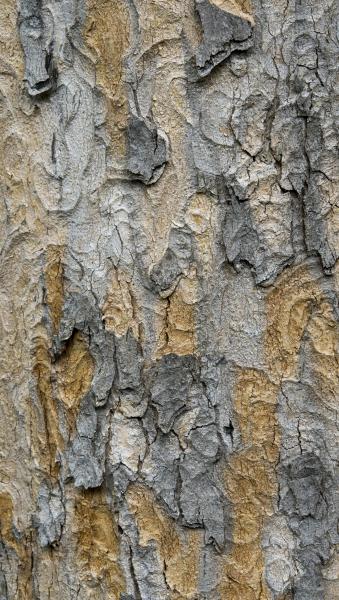
The leaves of a sycamore tree are broad, with five noticeable lobes. Like most maple trees, the leaves are bright green in the spring and summer, turning brilliant shades of red, yellow and orange in the autumn. The leaves produced by young sycamore have red stalks.
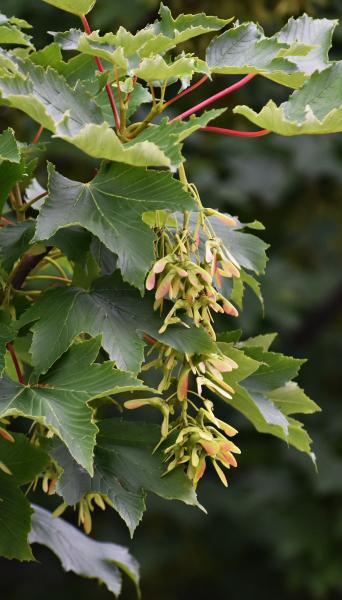
Double-winged seed pods, also known as samaras, are produced when the female flowers are pollinated (either by wind or flying invertebrates). The field maple, another maple tree found in the Forest, produces similar samaras - sycamore seeds have a distinctive V shape.
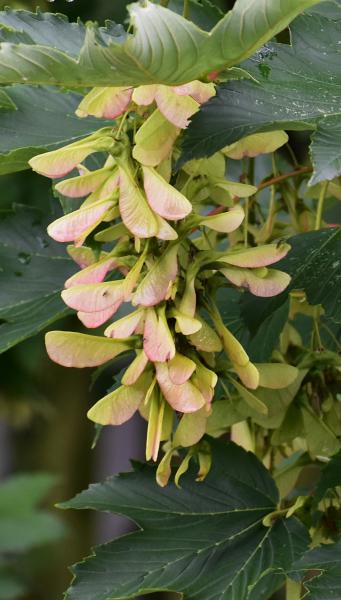
The sycamore is a widespread tree throughout the UK - it can be found throughout the Forest.
Sycamore wood was traditionally used in the Welsh craft of making decorative 'love spoons', carefully carved and offered to a love interest. The tradition began over 300 years ago, when Welsh sailors would carve spoons to offer women as a romantic gesture. Welsh love spoons are still carved today.
The fine grain of sycamore wood is ideal for carving. Typically it is used to make kitchen utensils, particularly wooden spoons, as it does not stain or taint food.
Tolerant of pollution, sycamore trees are commonly planted in parks, larger gardens and towns. They can also handle being exposed to open and coastal areas where they are exposed to strong wind and can act as a windbreak.
Sycamore trees attract aphids and, in turn, aphid-eating predators like ladybirds. Leaves are eaten by caterpillars, including that of the sycamore moth. The flowers provide pollen for bees and other flying insects. The seeds are a good source of food for birds and small mammals.
Although it is believed that the sycamore was brought to the UK by the Romans, there are reports that suggest it was introduced in the Tudor era (around the 1500's).
1% of the trees we are planting in the Forest this season are sycamore trees.
